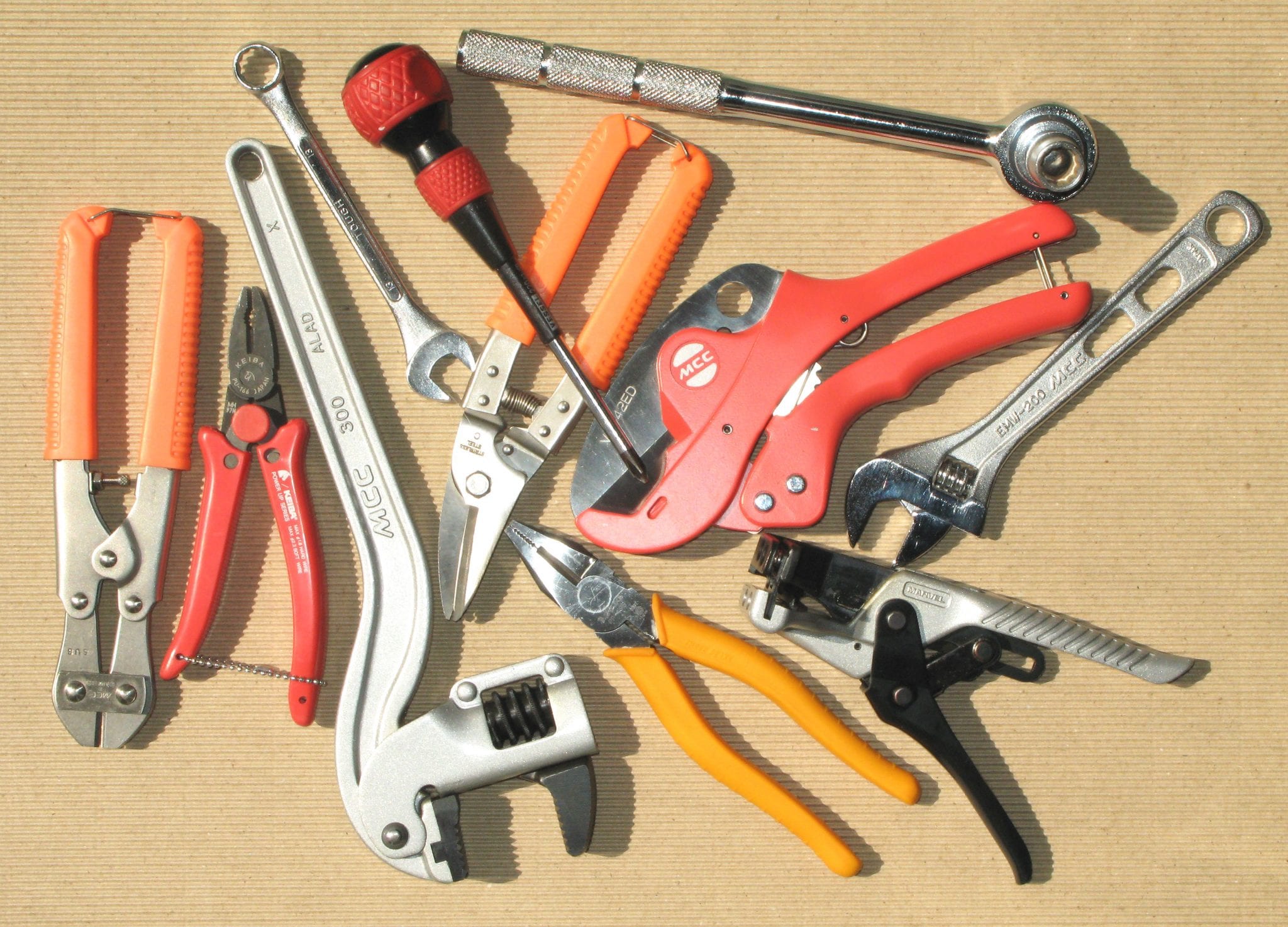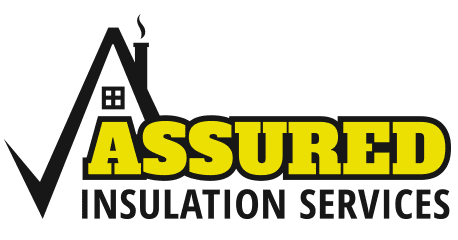Renovate and Don’t Forget to Insulate Your Kelowna Home
In Canadian homes, space heating accounts for over 60 per cent of energy use, and walls can account for about 20 percent of heat loss. In addition, there are many cracks and penetrations that allow uncontrolled air leakage into and out of the house. However,…

In Canadian homes, space heating accounts for over 60 per cent of energy use, and walls can account for about 20 percent of heat loss. In addition, there are many cracks and penetrations that allow uncontrolled air leakage into and out of the house. However, as a homeowner, you can significantly reduce heat loss by adding or upgrading the insulation in your home. And the best time for you to install insulation is when you’re doing major renovations. Because it’s not just about how good your home looks; it’s about how warm and comfortable it is to live in. So whenever you renovate, make sure to insulate too.
BENEFITS OF INSULATION
The purpose of insulation is to conserve energy. Lost heat (or cool, in the case of air-conditioning in the summer) means more fuel is being burnt to make up for the loss. More fuel equals higher utility bills. So whether you need to completely replace your insulation, or simply wish to make a few improvements here and there during the home renovation, you need to make sure that your home is well-insulated. Aesthetics are important, but they aren’t everything. Never ignore the benefits of insulation as an energy saving and energy efficient tool.
TYPES OF INSULATION
Selecting the right insulation requires knowledge and skill: there are best practices to be followed, and some materials are more appropriate than others depending on which part of the building is to be insulated. In residential renovation, the four most commonly used types of insulation are batt-type, loose-fill, rigid-board and polyurethane foam. Batt-type insulation provides an easy and inexpensive way to fill cavities in walls and floors, and loose-fill insulation provides good coverage on irregular surfaces in attics. Rigid-board insulation is flat and compact, comes in various thicknesses, and provides a barrier along the surfaces of walls and ceilings. Polyurethane foam, blown in on-site by professional installers, sticks firmly to surfaces and fills in the slightest cracks and crevices, creating an airtight and uninterrupted barrier. In attics, blown insulation is the most common type of treatment found across the Okanagan, while the most common method of upgrading exterior wall insulation is from the inside, by installing rigid-board insulation on the warm side. To insulate foundations, rigid boards are installed directly against the concrete wall, or batt-type insulation can be added between the studs lying against the foundation walls.
THE ‘R’ VALUE
One way to determine whether or not you need new or upgraded insulation is to determine its R-Value, which is a measure of insulation capacity. In a cold climate you want high R-values, perhaps R-50 in the ceilings and R-28 in the walls and floors. While the attic is the first place that’s usually evaluated, there are other parts of your home that require a good R-Value. And even if you have a high R-Value rating in one area of your home that doesn’t mean that you won’t need insulation in other rooms. The higher the R-Value, the more money you can save on your utility bills. You can learn to measure the R-Value yourself or, better yet, hire an expert to come in and measure it for you.
Assured Insulation offers expert installation of insulation for residential and commercial buildings. On the other hand, if you need your insulation removed, we do that too. Installation. New construction. Fireproofing. Removal. Vermiculite abatement. Mold treatment. Real estate. You name it, we do it. We have over 35 years’ experience in the field and are fully trained leaders in all of the relevant industry technologies. Better yet, we love what we do, and you’ll love the results. Contact us today to book a free estimate.
For more information make sure you Like our Page on Facebook.




No Comments